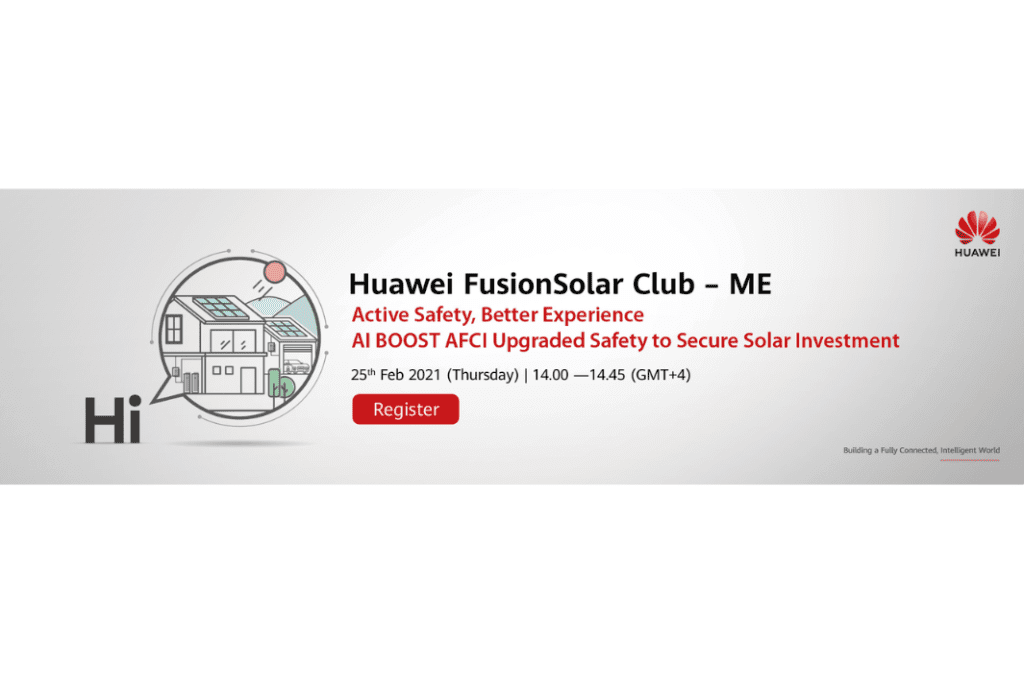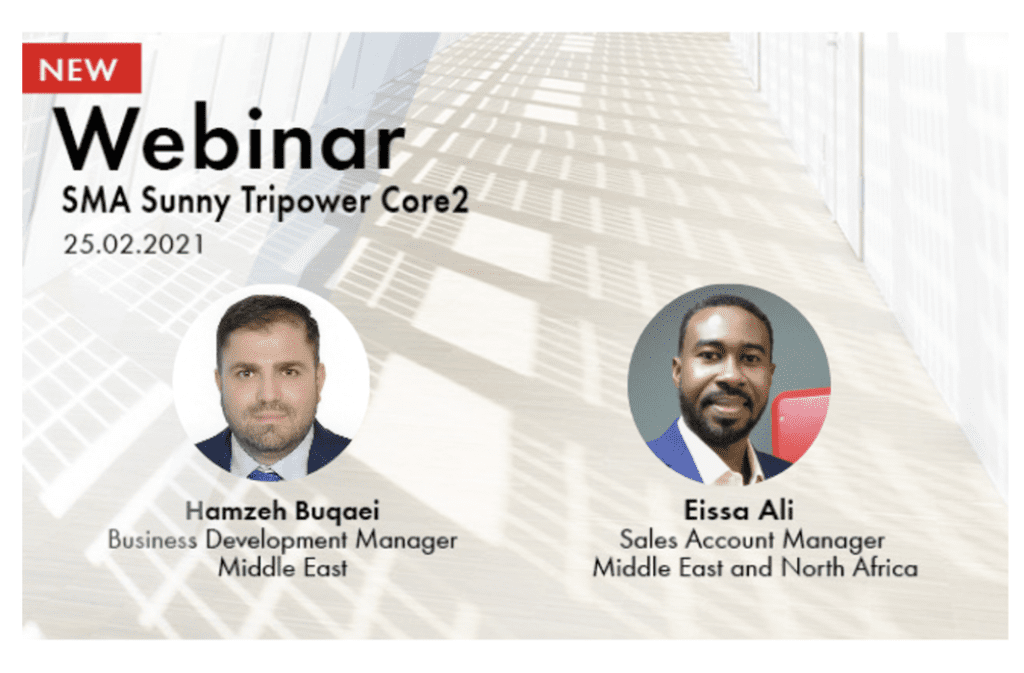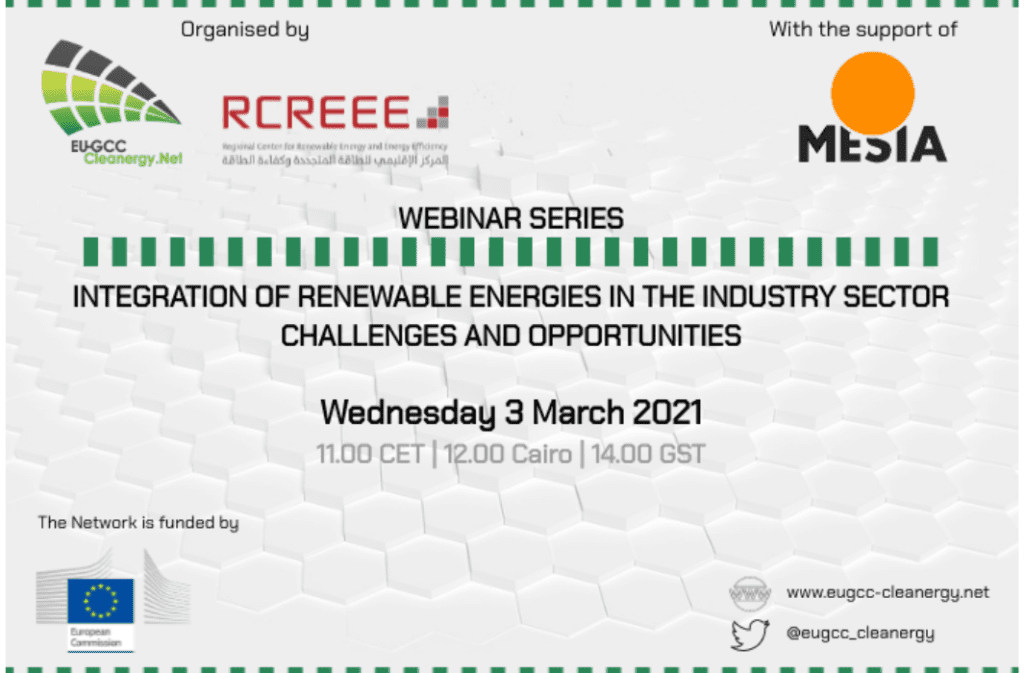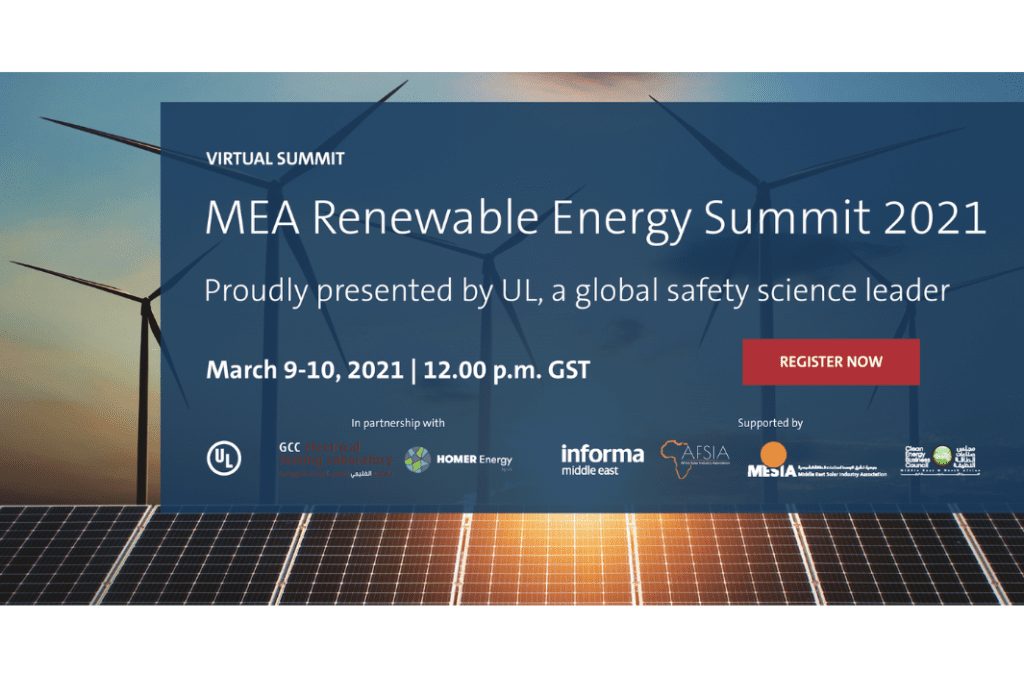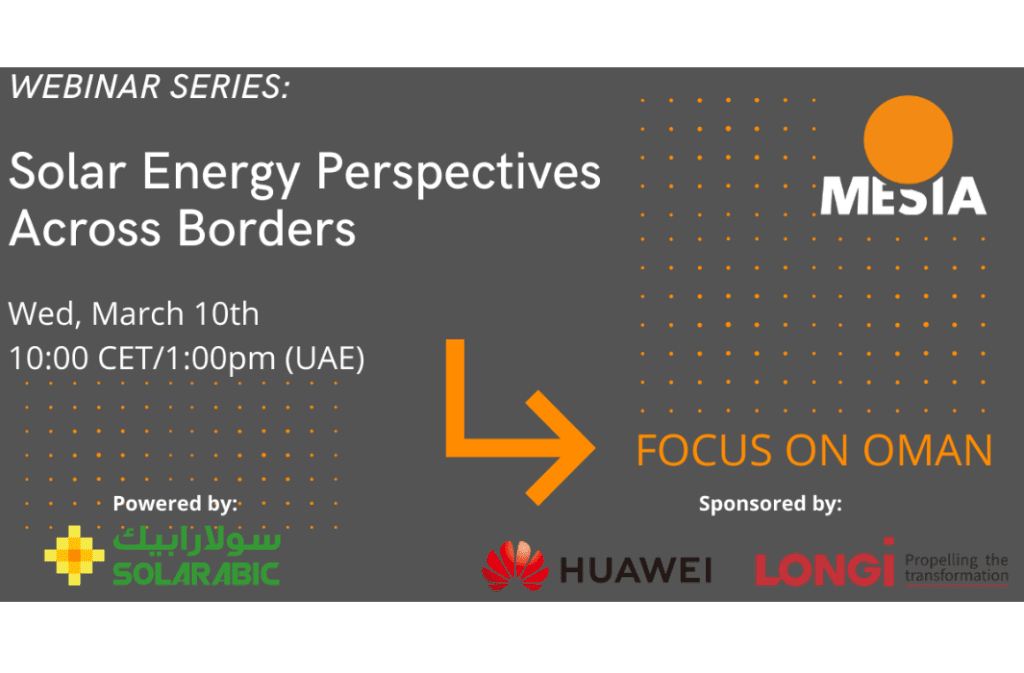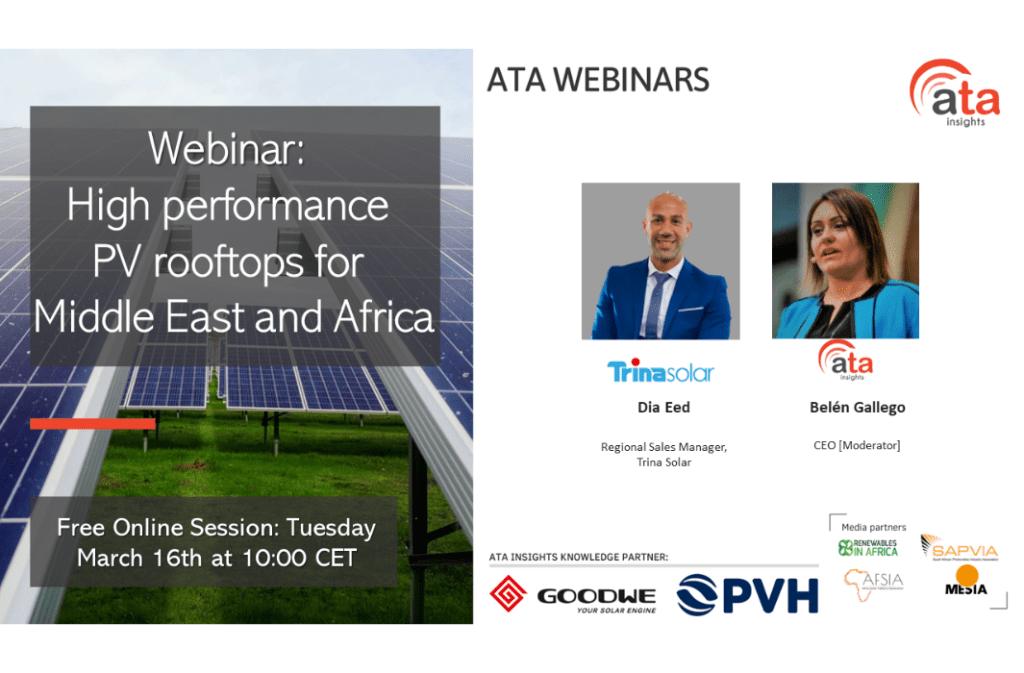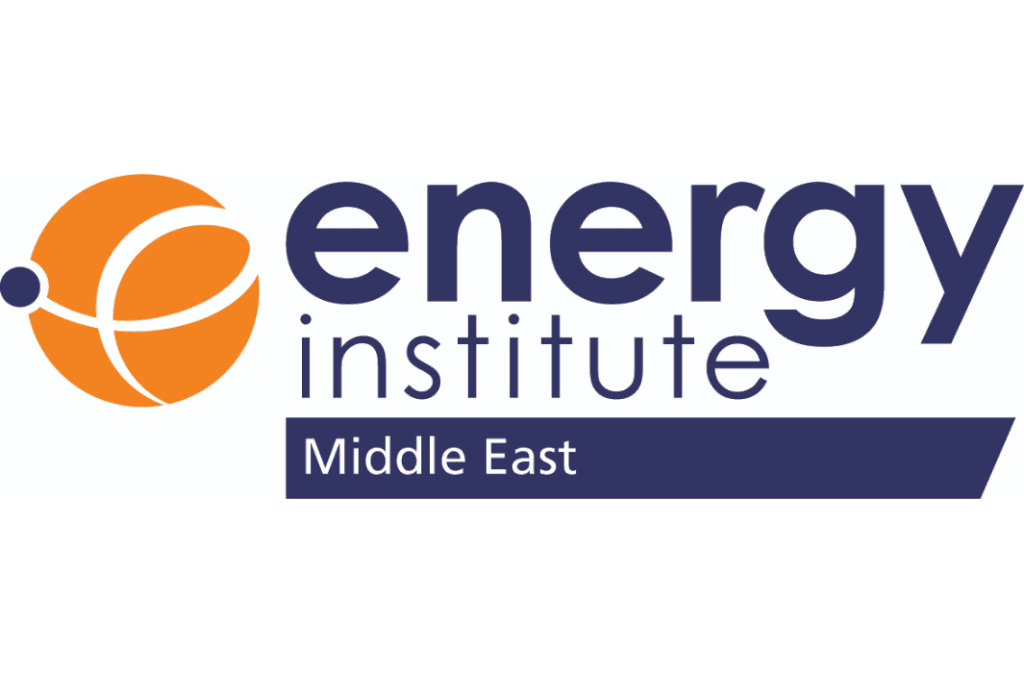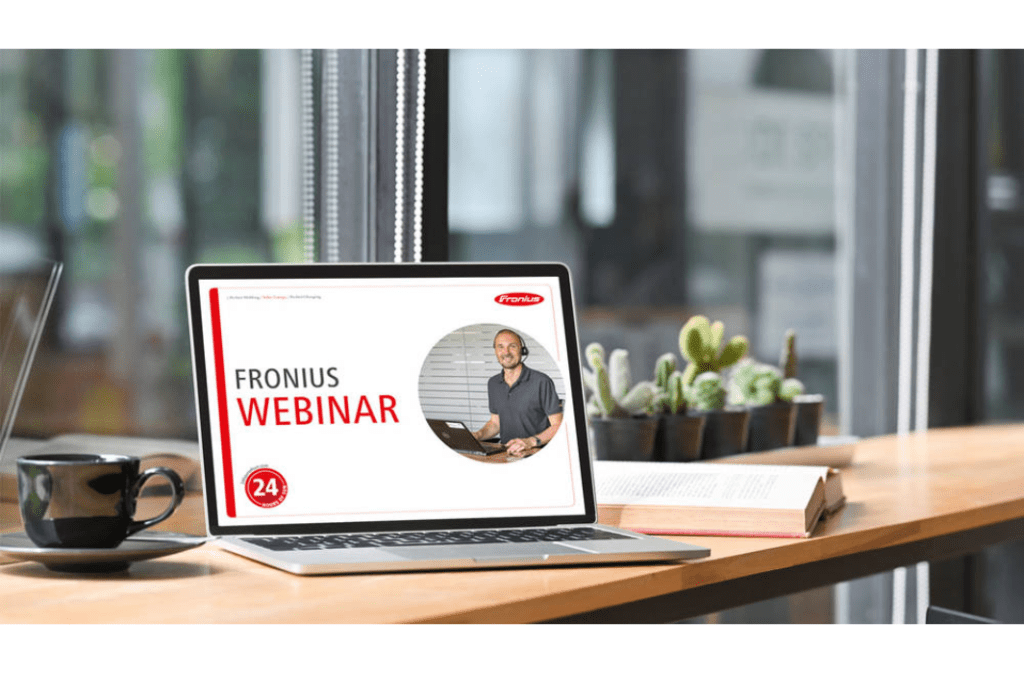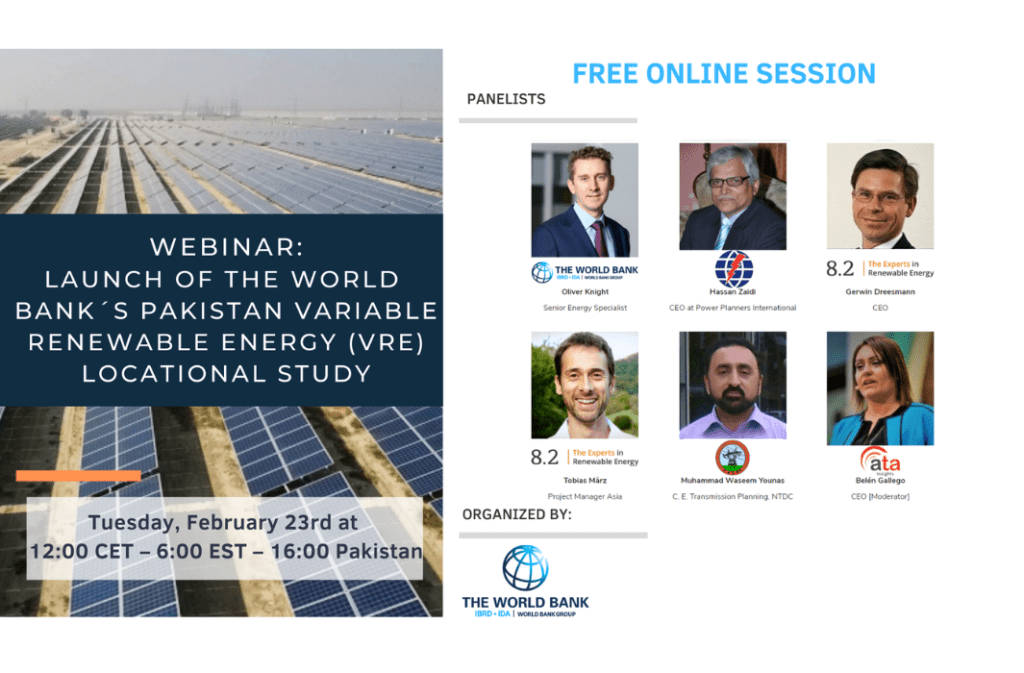
The Government of Pakistan targets 20 percent of energy capacity to come from solar and wind – or variable renewable energy (VRE) – by 2025 and 30 percent by 2030 respectively. Pakistan has ample physical resource potential to reach these targets but as more VRE enters the grid, good planning and distributing projects across the country will help to ensure smooth integration of this capacity and reduce the necessary investment in new grid infrastructure.
This webinar will present the results of the World Bank’s latest study on renewable energy in Pakistan, a “VRE Locational Study”, which analyzes the optimal locations for solar and wind development in the country consistent with meeting the Government’s policy targets. The study was undertaken by the consultancy firms Power Planners International and 8.2 Renewable Energy Experts in close cooperation with NTDC and has benefited from inputs from a wide range of federal and provincial agencies.
I invite you to join The World Bank on this upcoming webinar “Launch of the World Bank´s Pakistan Variable Renewable Energy (VRE) Locational Study” (23 February at at 12:00 CET – 6:00 EST – 16:00 Pakistan) where you’ll get a summary of the results from the consultant team, including:
- How the 20% VRE target can be largely achieved by utilizing the “low-hanging fruit” of spare capacity at existing substations, thereby avoiding the need for immediate grid upgrades;
- The importance of tapping the huge resource potential of Balochistan for achieving the 30% target, including investment in transmission infrastructure and development of hybrid solar-wind parks;
- Identification and prioritization of sites across all four provinces to produce an indicative map of where VRE development should optimally occur in order to achieve the most competitive generation from VRE
